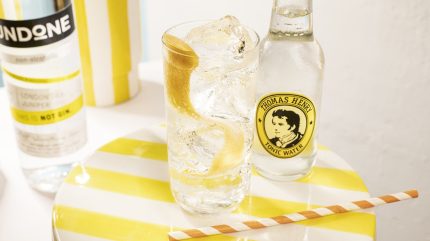
The team behind two European brands – Thomas Henry mixers and Undone non-alc wine and spirits – are targeting expansion in the US.
Sean O’Rourke, head of growth for Thomas Henry and Undone, talked the brands’ plans to crack the US, competing with UK mixer brand Fever-Tree and demand for non-alc spirits Stateside.

The team behind two European brands – Thomas Henry mixers and Undone non-alc wine and spirits – are targeting expansion in the US.